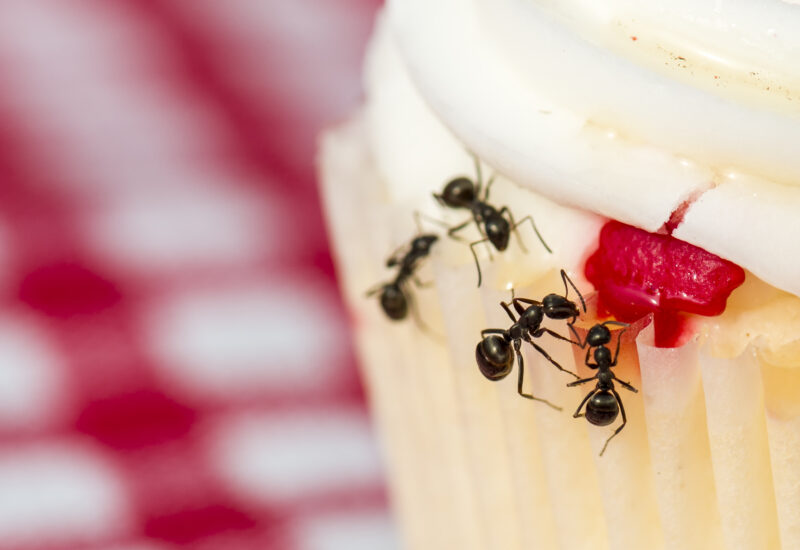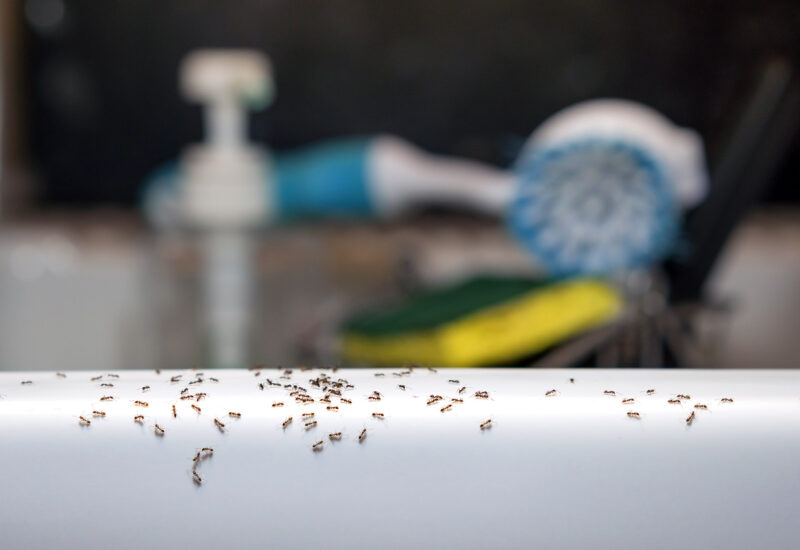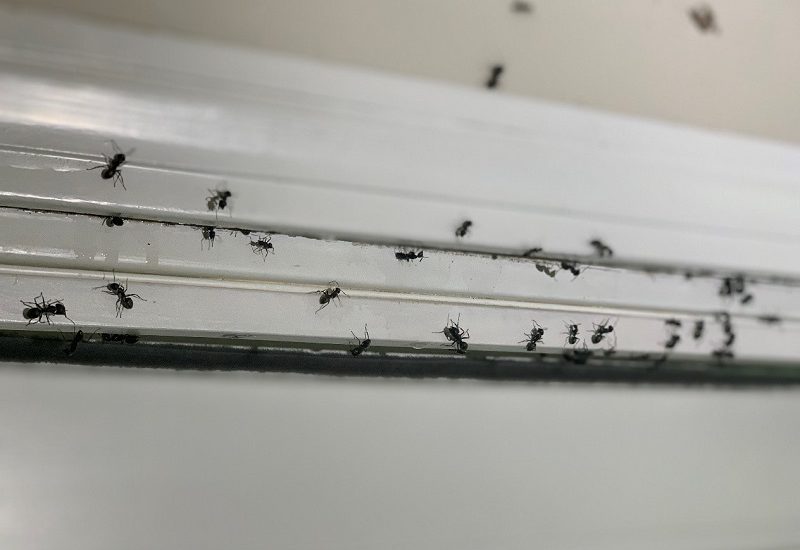Do Carpenter Ants Have Wings?
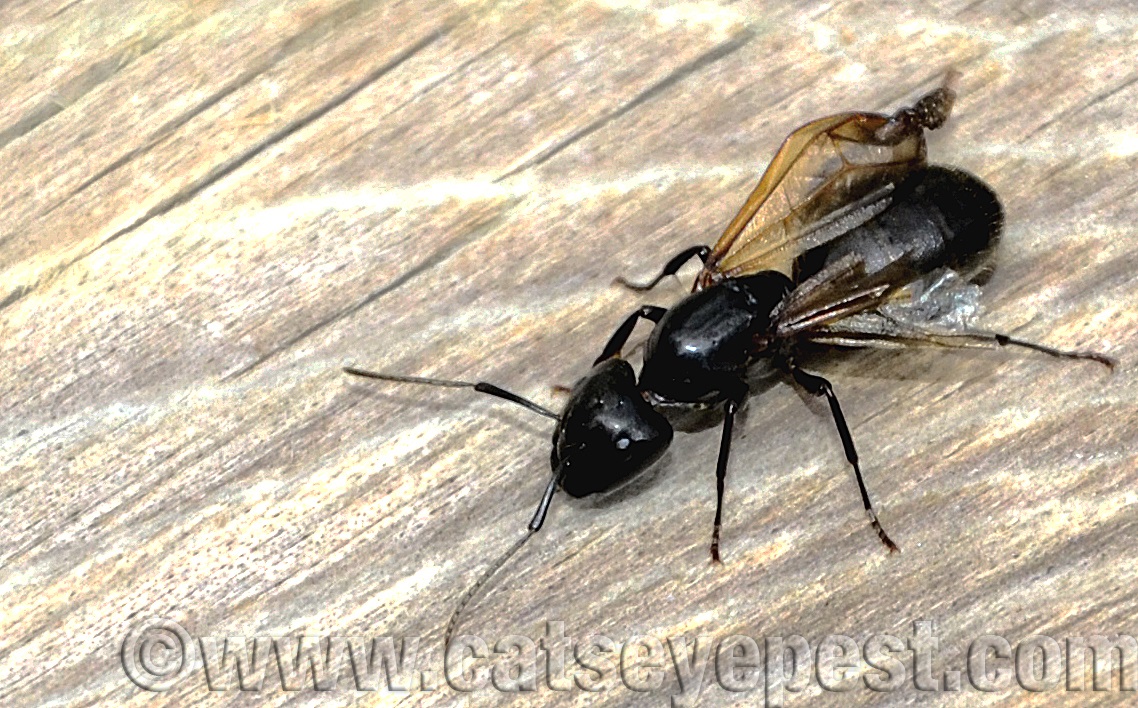
Large black ants that can be found around your property may be carpenter ants, but do carpenter ants have wings?
The carpenter ant is one of largest of the ant species found in the United States.
There are over 50 known species of carpenter ants, ranging in size and color and habitat. Similar to termites, carpenter ants, in their natural habitat, play a role in the decomposition of decaying wood and trees.
Carpenter ants are typically between 1/4- and 1/2-inch long. Though black carpenter ants are the most prevalent in the Northeastern U.S. region, brown and red carpenter ants can also be found throughout the States.
Carpenter ants are more easily distinguished from other ant species by their size, rounded thorax, and heart-shaped heads.
 Carpenter Ant Colonies
Carpenter Ant Colonies
Carpenter ant colonies, like most ant species’ colonies, are made of up ants that play different roles to ensure the health and longevity of the colony.
Within a carpenter ant colony are worker ants, swarmers (both male and female), and the queen. The job of the worker ants is to build and maintain the colony’s nest, while the queen’s job is to continue to produce more workers, and, eventually, swarmers.
Carpenter ant colonies usually grow to about 3,000 adult ants. The queen ant can live to be up to 25 years old, and is responsible for producing all of the ants found within the colony.
Flying Carpenter Ants
Both the worker ants and queen are wingless, but the swarmers possess wings. Therefore, it is not uncommon to see “flying ants” around your home if you are dealing with a carpenter ant issue on your property.
Carpenter ant swarmers have two sets of wings. These wings are located on their thorax above their waist, and a typical swamer’s front pair of wings extends longer than those in the rear. These ants are larger than the other ants of the colony, too.
Male swarmers are smaller than female swarmers, with female growing to 3/4 of an inch. Carpenter ant swarmers are often confused with termite swarmers as they are both winged insects. However, there are clear differences in wing size, body structure and antennae shape.
After the colony has matured for about two years, the colony’s queen produces swarmer ants, or alates. Like termites, the swarmers are the reproductive ants of the colony. The swarmer ants job is simple: mate to form new colonies.
This mating process begins in the spring and will last until early fall. After a male and female swarmer mate, the male, whose sole purpose is to impregnate the queen-to-be, dies off. The fertile female then lands, sheds her wings and searches for a place to nest and begin her new colony.
Rotted or damp wood are carpenter ants preferred place of nesting.

Signs of Carpenter Ants
The mere presence of carpenter ants may not necessarily mean they have taken shelter in your home.
Carpenter ant workers are constantly looking for new sources of food. Sweets, grease, and other smaller insects are a part of their normal dieting habits, and they may find these types of food sources within your home. Nevertheless, constant or increased ant activity within your home is never a good thing.
Knowing the signs of an infestation can help you to prevent further damage. Common signs include:
-
Flying ants around the house
-
Trails of ants traveling through your house
-
Noticing ants foraging in your house particularly, between sunset and midnight
-
Small piles of sawdust
-
Rustling sounds at night while the worker ants are busy building galleries
Carpenter Ant Damage
Carpenter ant damage can be difficult to identify at first glance. Unlike termites, carpenter ants do not feed off of the wood in your home, but rather choose to nest there. With their nesting habits requiring the building of “galleries” in the wood, it can cause the wood in your home to hollow out and may damage the entire structure.
Common places to check for potential carpenter ant damage include:
-
Attics
-
Parts of your home with heavy moisture or water damage
-
Windows
-
Flooring
-
Skylights
-
Pipe cases in kitchen and bathrooms
-
Hollow Doors
Carpenter Ant Eradication
Effective carpenter ant removal, like Catseye Pest Control’s carpenter ant removal program, involves two crucial steps: finding the colony, then injecting a material into the nest that flushes the ants from the nest and eradicates them.
Carpenter ant infestations can be tricky to eradicate because this ant species is known for building satellite nests in different places, but our pest management professionals have the experience and tools to find and treat all nests within your home.
Follow these preventative tips to protect your home from a carpenter ant infestation:
-
Store firewood away from the home and trim back bushes and trees from the edge of the house.
-
Fix water leaks and adjust the grading around your house so there is no standing water.
-
Install proper screening in windows and door sweeps on entry doors.
-
Seal cracks in the foundation with caulk.
-
Regularly wipe down counters and vacuum floors to remove crumbs that could attract ants.
-
Use airtight containers to store food in the pantry.
And, as always, contact a Catseye representative today if you have any more questions or think you may have a carpenter ant problem.


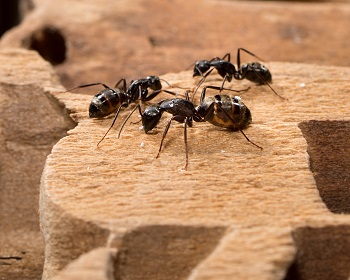 Carpenter Ant Colonies
Carpenter Ant Colonies